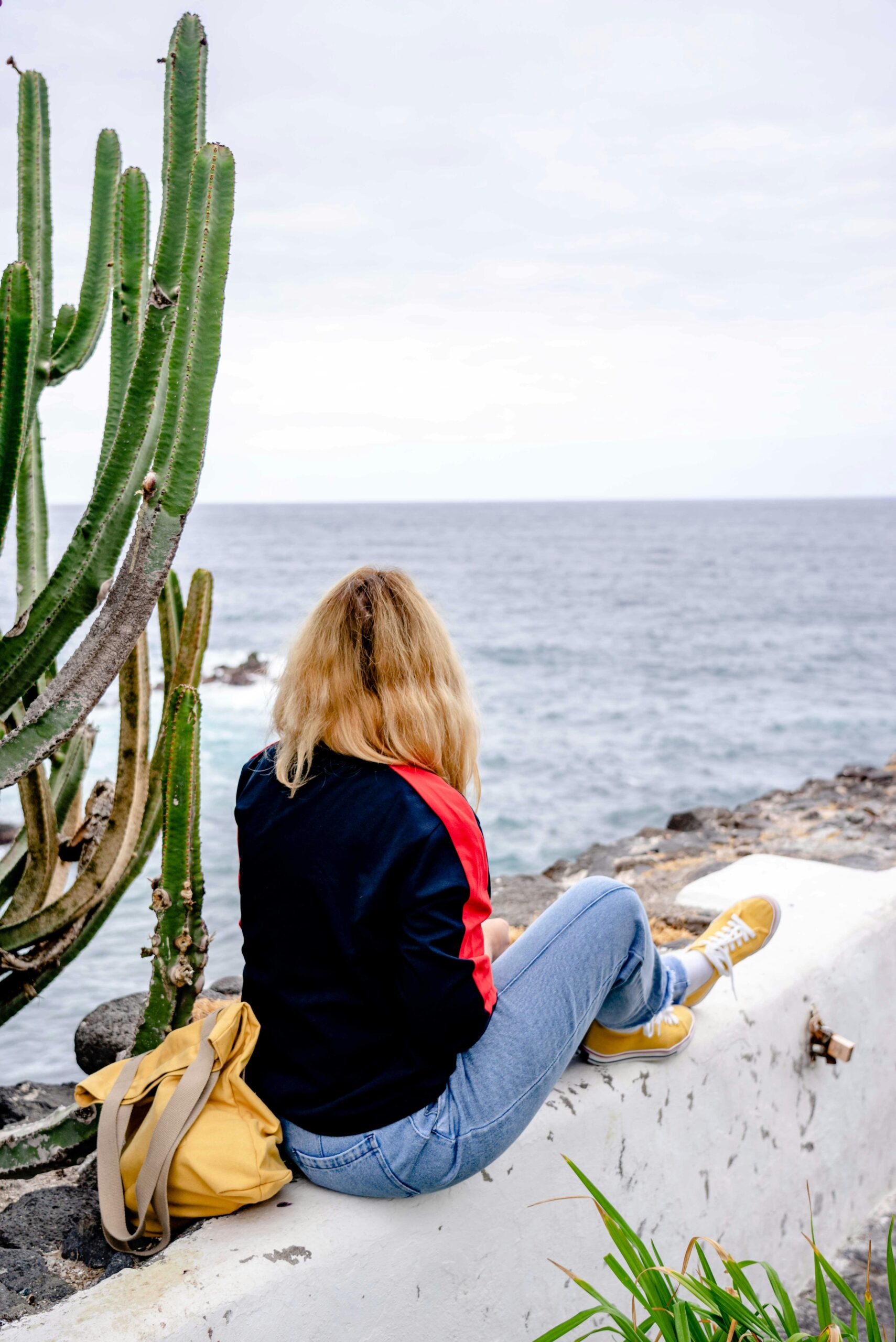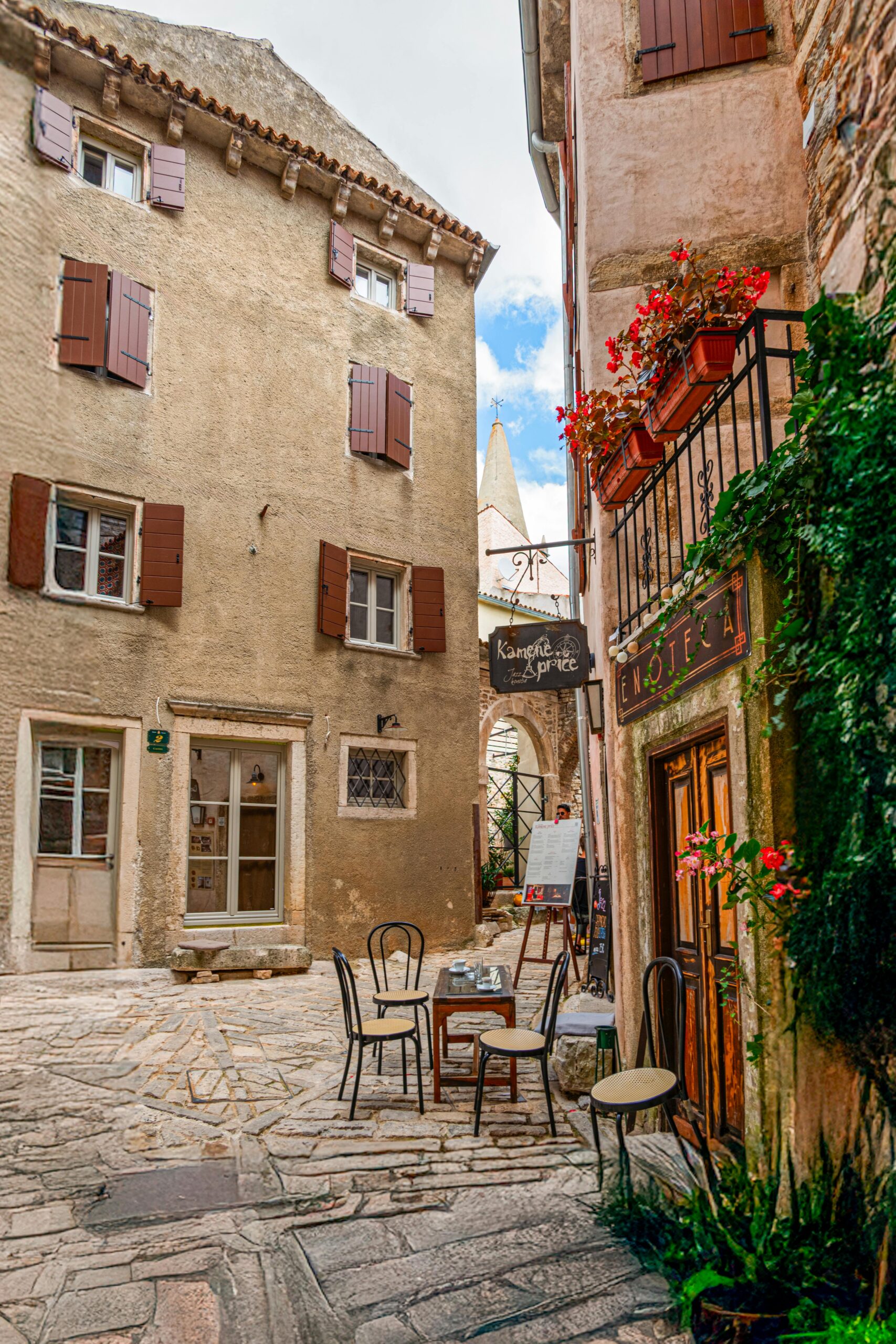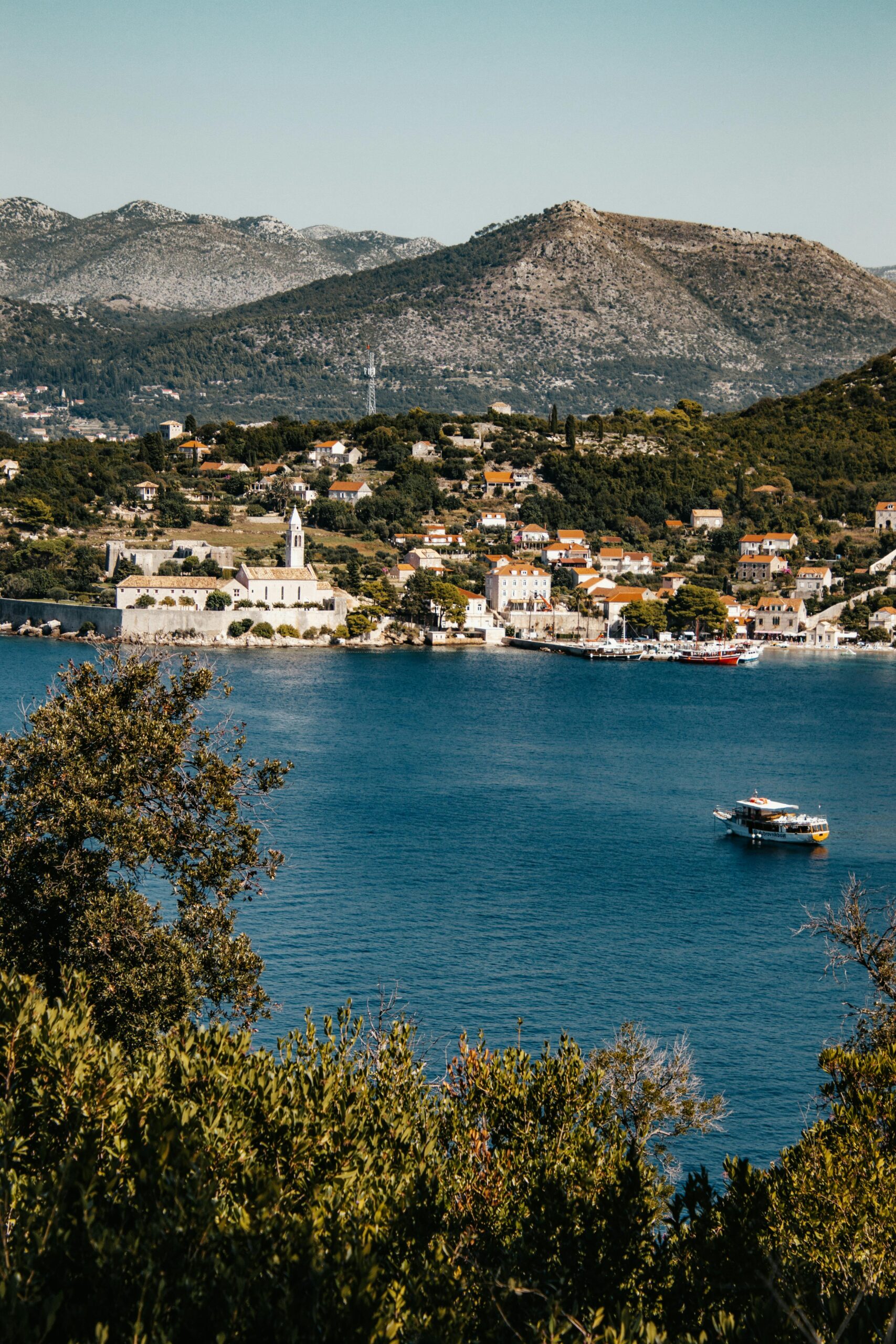In the digital era, work and travel are no longer separate worlds. The rise of remote work, powered by technology and flexible employment policies, has given birth to a new generation of professionals known as digital nomads — individuals who live and work from anywhere with a reliable internet connection.
In 2025, this lifestyle is more than just a trend — it’s a global movement. Governments, businesses, and cities are adapting to attract this growing workforce by offering digital nomad visas, co-working spaces, and strong digital infrastructure. Whether you dream of working from a tropical beach, a European café, or a mountain retreat, there’s a destination perfectly suited for your remote work journey.
Let’s explore what makes the digital nomad lifestyle so appealing, and discover the best destinations around the world to live, work, and thrive remotely.
The Rise of the Digital Nomad Lifestyle
The COVID-19 pandemic accelerated the remote work revolution, but it’s the technological advancements of the 2020s that have made digital nomadism truly sustainable. With cloud computing, high-speed global internet, and collaboration tools like Zoom, Slack, and Notion, millions of people can now earn a living from anywhere.
According to MBO Partners’ 2025 report, there are now more than 40 million digital nomads worldwide, and that number continues to grow each year. Many countries have recognized the economic potential of these workers and now offer digital nomad visas that allow professionals to stay for months or even years while contributing to local economies.
Digital nomads are reshaping what it means to work — valuing experiences, freedom, and quality of life over traditional office jobs.
What Makes a Destination Ideal for Digital Nomads?
Before choosing a base, digital nomads often consider several key factors:
-
Reliable Internet: Fast, stable Wi-Fi is the backbone of remote work.
-
Cost of Living: Affordable housing, food, and transportation make a huge difference.
-
Safety: Low crime rates and political stability ensure peace of mind.
-
Visa Options: Easy entry or special digital nomad visas simplify long stays.
-
Co-working Spaces: A strong community of other professionals fosters productivity and networking.
-
Quality of Life: Weather, nature, healthcare, and social opportunities all matter.
With those factors in mind, here are the top digital nomad destinations for 2025.
🌍 Top Digital Nomad Destinations in 2025
1. Lisbon, Portugal 🇵🇹
Lisbon continues to top the charts as one of the best cities in the world for remote workers.
-
Why it’s great: A warm climate, affordable living, friendly locals, and a thriving digital nomad community.
-
Visa: Portugal’s Digital Nomad Visa allows remote workers to live in the country for up to a year with renewal options.
-
Highlights: Colorful streets, delicious food, and beautiful coastal escapes like Cascais and Sintra.
-
Average Wi-Fi speed: 120 Mbps
Lisbon’s laid-back lifestyle and strong expat network make it a top choice for freelancers and entrepreneurs alike.
2. Bali, Indonesia 🇮🇩
A paradise for remote workers seeking a blend of work and wellness.
-
Why it’s great: Stunning beaches, lush jungles, yoga retreats, and a low cost of living.
-
Visa: Indonesia’s Second Home Visa and Digital Nomad Visa allow stays from 6 months to 5 years.
-
Popular spots: Canggu, Ubud, and Uluwatu.
-
Co-working scene: Spaces like Dojo Bali and Outpost offer strong communities and excellent facilities.
Bali offers a holistic lifestyle — where you can work by day, surf by sunset, and recharge in nature.
3. Chiang Mai, Thailand 🇹🇭
Known as Asia’s digital nomad capital, Chiang Mai offers everything a remote worker could need.
-
Why it’s great: Low living costs, strong Wi-Fi, and a welcoming community.
-
Visa: Thailand’s Long-Term Resident (LTR) Visa now includes digital professionals.
-
Average monthly budget: $800–$1,200
-
Highlights: Night markets, temples, and serene mountain scenery.
Chiang Mai’s blend of affordability, culture, and comfort makes it a long-standing favorite among remote workers.
4. Tbilisi, Georgia 🇬🇪
A hidden gem that’s gaining attention among nomads.
-
Why it’s great: Affordable living, friendly locals, and excellent food.
-
Visa: Georgia’s Remotely from Georgia program allows digital nomads to stay up to a year.
-
Internet speed: 100+ Mbps in urban areas.
-
Cost: Around $1,000/month for comfortable living.
Tbilisi’s mix of European and Asian influences, charming architecture, and growing tech scene make it a unique base for remote workers.
5. Mexico City, Mexico 🇲🇽
Mexico’s capital offers the perfect mix of culture, connectivity, and convenience.
-
Why it’s great: A cosmopolitan vibe, excellent food, and creative energy.
-
Visa: The Temporary Resident Visa allows stays of 6 months to 4 years.
-
Popular areas: Roma Norte, Condesa, and Polanco.
-
Monthly budget: Around $1,500–$2,000.
With an increasing number of co-working spaces and a vibrant nightlife, Mexico City attracts digital professionals from all over the world.
6. Medellín, Colombia 🇨🇴
Once known for its turbulent past, Medellín has transformed into a hub for innovation and digital entrepreneurship.
-
Why it’s great: Spring-like weather year-round, affordable living, and modern amenities.
-
Visa: Colombia’s Digital Nomad Visa allows stays up to 2 years.
-
Community: One of the most active nomad networks in South America.
Medellín’s friendly locals (“Paisas”) and scenic mountain views make it one of the most inspiring cities to work remotely.
7. Tallinn, Estonia 🇪🇪
Estonia was one of the first countries to officially launch a digital nomad visa.
-
Why it’s great: World-class digital infrastructure and a forward-thinking government.
-
Visa: The Estonia Digital Nomad Visa allows stays up to 12 months.
-
Highlights: Medieval charm meets modern technology.
-
Average Wi-Fi speed: 130 Mbps
Estonia’s e-Residency program also allows entrepreneurs to manage businesses remotely — a major advantage for digital professionals.
8. Barcelona, Spain 🇪🇸
For those who crave both sun and city sophistication, Barcelona is unbeatable.
-
Why it’s great: Mediterranean weather, art, culture, and strong work-life balance.
-
Visa: Spain’s Digital Nomad Visa (introduced in 2023) allows stays up to 5 years.
-
Average monthly budget: $2,000–$2,500.
With beachside cafes and modern co-working hubs, Barcelona blends productivity and pleasure seamlessly.
9. Dubai, UAE 🇦🇪
Dubai is emerging as a global remote work hub, especially for professionals in tech and finance.
-
Why it’s great: Tax-free income, futuristic infrastructure, and excellent safety.
-
Visa: Dubai’s Remote Work Visa lets foreigners live in the UAE while working for global companies.
-
Internet speed: Among the fastest in the world (200+ Mbps).
Though more expensive than other destinations, Dubai’s luxury, security, and convenience make it ideal for high-earning nomads.
10. Buenos Aires, Argentina 🇦🇷
A creative and affordable city with a vibrant lifestyle.
-
Why it’s great: Low cost of living, rich culture, and passionate locals.
-
Visa: Argentina’s Digital Nomad Visa allows stays up to a year.
-
Monthly budget: Around $1,200.
-
Highlights: Tango, steak, and lively nightlife.
Buenos Aires combines European charm with Latin passion — perfect for nomads who want inspiration with their internet connection.
Honorable Mentions
-
Cape Town, South Africa: Breathtaking scenery and a growing remote work scene.
-
Budapest, Hungary: Great affordability and digital infrastructure.
-
Da Nang, Vietnam: Beachfront living and strong Wi-Fi at low costs.
-
Prague, Czech Republic: Central European charm and easy travel access.
-
Reykjavík, Iceland: Ideal for nature lovers and remote tech professionals.
Tips for Thriving as a Digital Nomad in 2025
Living as a digital nomad is exciting — but success requires balance, discipline, and awareness. Here’s how to make it work long-term:
1. Stay Organized
Use productivity tools like Notion, Trello, or Asana to manage projects and deadlines.
2. Build a Routine
Set a consistent work schedule to avoid burnout — and don’t forget to make time to explore.
3. Network with Other Nomads
Join co-working spaces, attend local meetups, and connect through platforms like Nomad List or Meetup.
4. Manage Finances Wisely
Open international-friendly bank accounts or use platforms like Wise and Revolut to minimize fees.
5. Prioritize Health and Safety
Buy global health insurance for nomads, such as SafetyWing or World Nomads, and research local healthcare options.
6. Respect Local Cultures
Remember that being a nomad doesn’t make you a tourist — learn the language basics and support local businesses.
The Future of Digital Nomadism
By 2030, experts predict digital nomads could make up 10% of the global workforce. With new technologies like AI co-working assistants, satellite internet, and decentralized work platforms, the boundaries between home and the world are disappearing.
Cities are competing to attract this global workforce, offering tax benefits, sustainable co-living spaces, and strong digital ecosystems. The lifestyle that once seemed unconventional is now shaping the future of work.
Final Thoughts: Work from Anywhere, Live Everywhere
The digital nomad life is more than a career choice — it’s a philosophy of freedom. It’s about designing your life around experiences rather than locations, and valuing time, creativity, and balance over routine.
Whether you’re sipping coffee in Lisbon, coding from a Bali villa, or brainstorming ideas in a Medellín café, one thing is clear — the world is your office.
As long as you travel responsibly, stay connected, and embrace local cultures, the digital nomad lifestyle can offer both professional growth and personal fulfillment.









